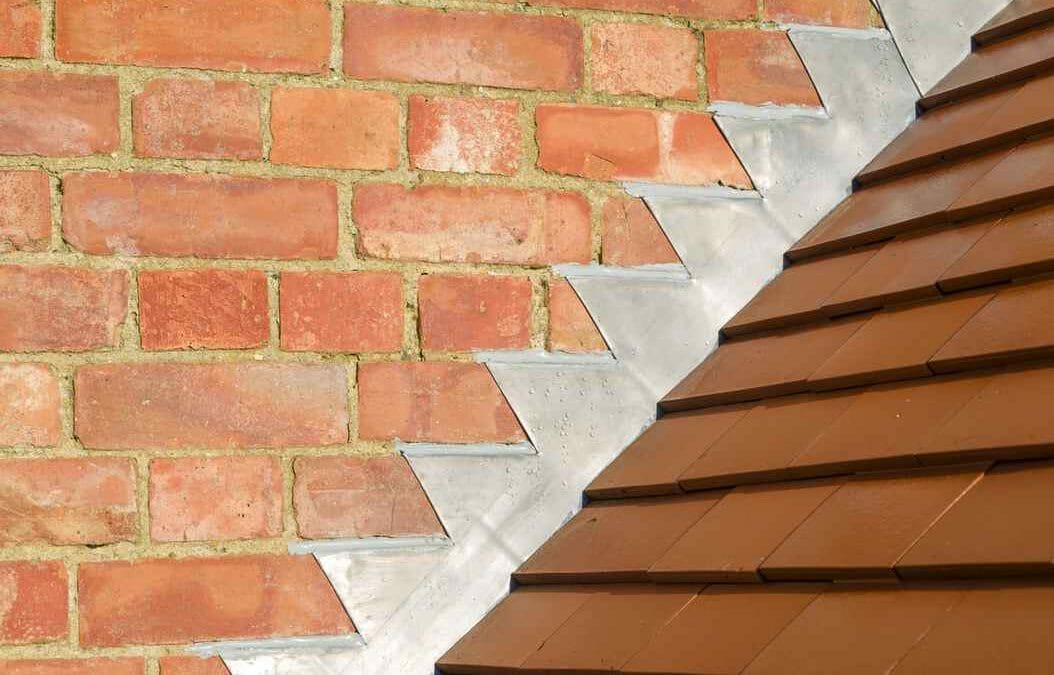Your home’s roofing system may appear uninteresting and straightforward to the ordinary person. However, you’d be pleased to know that it’s a complex system made up of several parts, each with its own role to play.
Each roofing section comes together to function as a complete protection system that safeguards your home from the outside world.
It is estimated that a professionally installed roof should last you between 25 – 50 years, depending on your specific materials. While your installer may take every precaution to ensure the longevity of its installation and function, regular maintenance will still be necessary to maintain optimum performance over time.
Particular areas on your roof tend to be more vulnerable than others and thus more prone to issues. Carry on reading as we detail which parts of your roof may cause you the most issues.
Fascia
Fascias are the horizontal board that runs along the edge of your roof, creating a sort of trim for it. The fascia protects your roof from wrathful elements to ensure longevity and functionality.
It primarily prevents water from entering the underlying structures of your roof as well as the interior of your home. Overexposure to moisture is the number one cause of fascia deterioration.
Fascia boards are usually made up of wood, which means the constant presence of water leads to rot and mold growth. A smart homeowner might want to consider synthetic options for areas most exposed to water because they’re more resistant to moisture due to their impenetrability.
Flashing
Flashing is used to seal roof edges, valleys, walls, or areas where the roof’s surface is interrupted. Flashing directs water away from the gaps in the roofing materials, protecting it from water damage.
Often made out of metal, your roof’s flashing is usually subject to oxidizing over time. This oxidization weakens the structure, which could lead to it loosening and leaving your roofing materials and home exposed to the elements.
Soffit
The soffit is the material situated beneath the overhanging area of a roof eave. Soffits help regulate the air in your attic and protect it from the elements.
If you have soffits, be careful. They provide an easy access point for insects and pests to make their way into your roofing system. Since they are usually a thin material, water damage is a common occurrence.
Gutters
Gutters are in charge of transporting water away from your roofing system. However, they tend to get clogged by things like leaves, branches, and other sorts of debris quite quickly.
When your gutters are clogged, water has no way of leaving the roofing system and can lead to further damages throughout your rooftop.
For more information on roofing issues and how to fix them, don’t hesitate to call Elo Roofing today!


